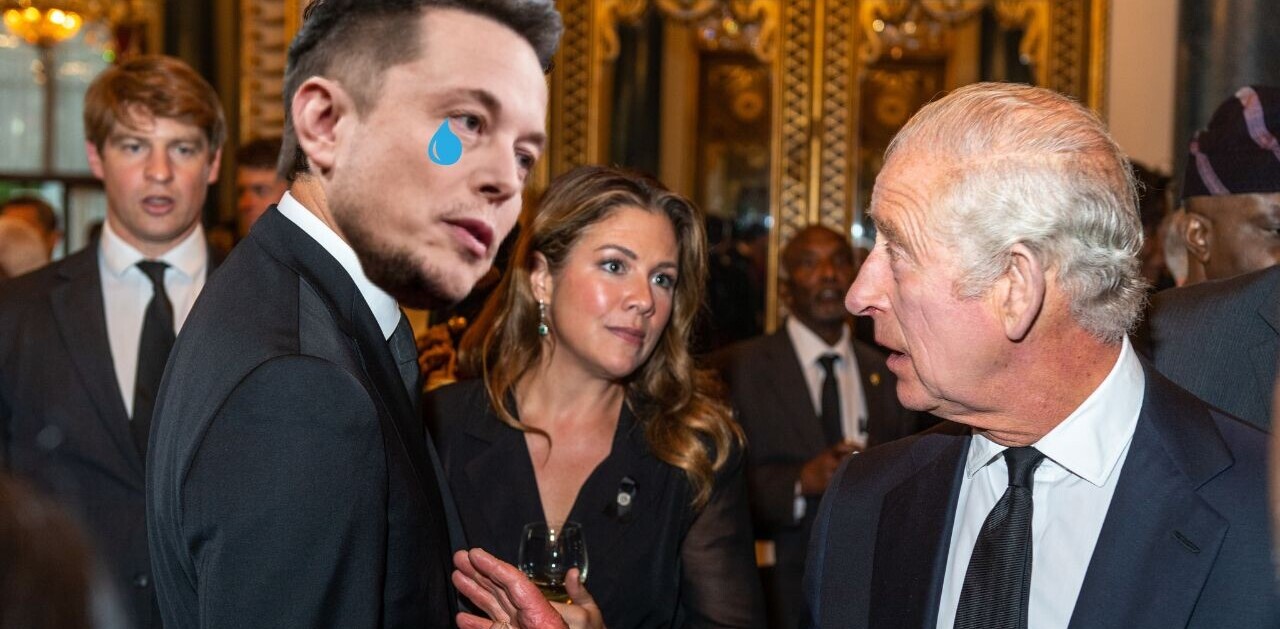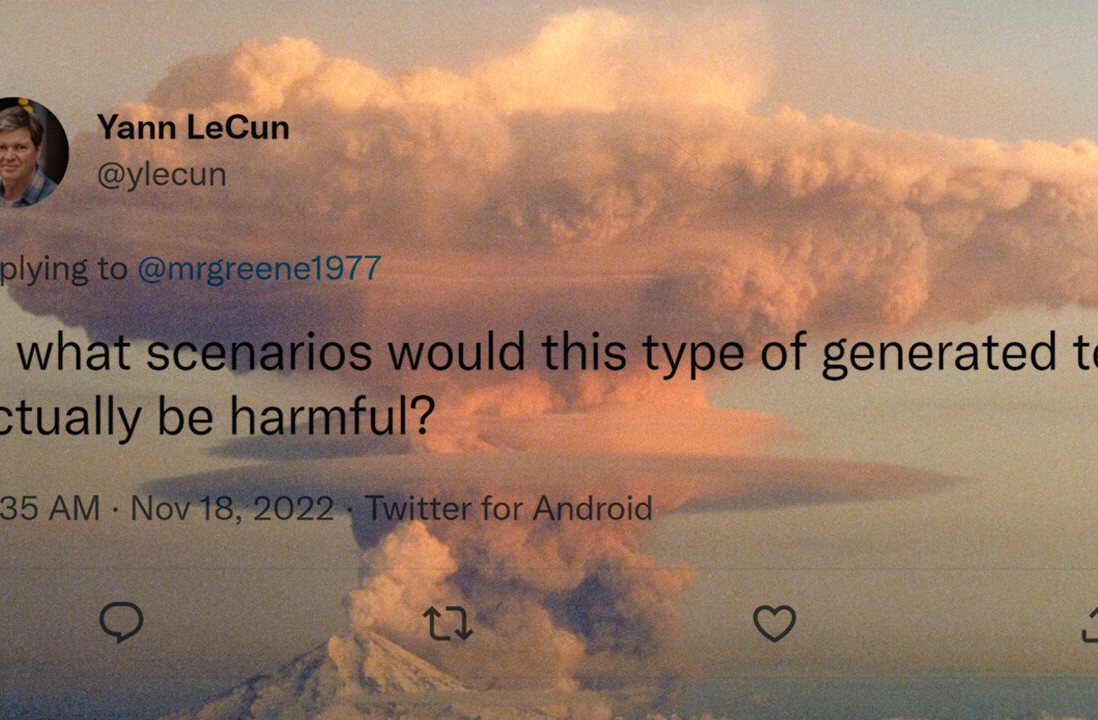
 This week at the Where 2.0 Conference in San Jose, California, we were able to grab an exclusive in-depth interview with Twitter’s new Director of Geo, Othman Laraki (at right). Laraki came over to Twitter during Twitter’s recent acquisition of MixerLabs/GeoAPI, where he was co-founder and president, and was previously with Google.
This week at the Where 2.0 Conference in San Jose, California, we were able to grab an exclusive in-depth interview with Twitter’s new Director of Geo, Othman Laraki (at right). Laraki came over to Twitter during Twitter’s recent acquisition of MixerLabs/GeoAPI, where he was co-founder and president, and was previously with Google.
Laraki talked to us about the geo features within the Twitter API, privacy, Foursquare, how Twitter looks at geo from a business model perspective (yes, you read that right), why geo-tagged tweets haven’t caught on yet, hiring, Local Trends and the why MixerLabs decided to be acquired by Twitter instead of staying independent like SimpleGeo, it’s main competitor at the time. Full interview after the break.
TNW Location: Let’s talk about the location aspects of the Twitter API as it stands right now, and about what you’re trying to do with it.
Laraki: There are essentially three main ways that data is sourced. First is through deals from large data providers all the way through small apps. The nice thing about Twitter is at the end of the day the business model is not going to be around owning the geo data. So in many ways we’re very flexible in how we preceive that data. The main thing for us is that the data is usable in a flexible way. We’re not trying to make money from closing the data up.
The second way we get data is user-generated-content (UGC), which allows users to create, annotate and augment this data. The third way is by inferring information based on usage. People’s activitly directly matches with the interestingness of these things. For example, we can use all of the tweets from users in a park to determine [in a geo way] where that park is likely to be.
So that’s how we get data in. The second piece of this is how we manage it, and there are two main issues there. The first is connecting all of the different data points into one data point. For instance, where Foursquare thinks the park is versus where we think it is.
TNW Location: A SXSW and since then, we’ve heard a lot of location-based companies talk about behind-the-scenes discussions about coming up with a way to match places across all of these services. Is Twitter in these discussions?
Laraki: (Smiles.) Well, everyone wants to talk to us about it.
TNW Location: Twitter’s first developer conference, Chirp is happening in a few weeks. Are you planning on making any geolocation announcements there?
Laraki: No, nothing major, but we’ll have a panel there. Right now the geo team is in the mode of just rolling out features when they’re ready instead of waiting to release anything all at once.
TNW Location: Have you added staff since you joined Twitter?
Laraki: Yes, and the plan is to keep growing the team. We’ll probably double the geo team by the end of the year. In many ways, geo is still looked at as just a feature…
TNW Location: You should read my post “Everything Will Be A Feature of Location, Not the Other Way Around.”
Laraki: (Laughs) Maybe I should! I don’t think geo is going to be a pure play kind of thing anymore. Just as social networks were seen a few years ago as “an app”, and now social networks are getting embedded into a number of apps and websites.
TNW Location: One thing that we keep reading about is that not even 1% of Twitter users are geotagging their tweets. Can you comment on that? Are you planning on pushing that more with users?
Laraki: We haven’t released any numbers about the total volume of geo-tagged tweets, but it is true that it is not anywhere close to the majority of tweets. Do we view that as a problem or a failure? Not at all. The objective has never been to try to maximize that number. That number might be a proxy about the usefulness and how we allow users to use geo data, so the number of geo-tagged tweets is a second order derivative. So we have not been focusing at all on [getting more geo-tagged tweets] – we don’t want to push it while people are still trying to figure out the privacy implications – we’re super sensitive about that. For someone to turn on geo-tagged tweets, we want them to know what they’re doing.
The way we are approaching geo is to first of all keep it extremely simple – fundamentally right now the geo feature is just one checkbox. That was something that was very important to us because the simplicity increases the chances that people actually understand what’s happening. Also, as so many tweets come from our ecosystem [i.e. third party apps using the API], we don’t want to put too much strain on developers with too many features, and we want to do it slowly so that developers can roll these features out naturally to their users in keeping with how their apps work. So we have guidelines to make sure that users always understand that they are sending out their location when they do.
Also, we’ve currently only pushed out geo-features on Twitter.com to users that have the navigation.location [i.e. geolocation aware browsers], so that’s still a low percentage of users. That’s a good testing ground for us, but we are working to make it available in all browsers and clients. But right now, most users don’t even have the option of geo-tagging their tweets by default. We’re going to build this up slowly and not just turn it on all at once – but ideally we’d like all tweets to be geotagged, which I think is something that will happen if we succeed in making it useful for users to geo-tag their tweets. This also really connects with Local Trends, and we have a long way to go there as well.
TNW Location: How has the developer demand been for more geo features?
Laraki: Absolutely. A few weeks ago when we released the place annotation in the API, we received a lot of interest in that.
TNW Location: Let’s expand on the places annotation. It seems to us that with Twitter, lat/long is almost not even necessary to determine where a user is and what places are hot. Do you agree?
Yes, for example, right now on Twitter.com you can choose to tweet at the neighborhood level and that doesn’t show a lat/long. So much of Twitter is already location specific, so we don’t necessarily want to just tack on geo-tweets, because there are already really good location dynamics in Twitter and we want to support those, and not just shift the discussion into some other box that we think is cooler just because it has numbers [i.e. lat/long] attached.
TNW Location: Let’s talk about the acquisition of MixerLabs/GeoAPI. MixerLabs was ramping up seemingly as fast as SimpleGeo, but instead of going independent for longer, you decided to be acquired by Twitter. Why did you make the jump at such an early stage?
Laraki: There were a few aspects to it. At the time [of the acquisition] we were getting a large amount of traction, with hundreds of people signing up. That said, for us there were a few things that really attracted us to Twitter. First of all, we felt that their view on geolocation was extremely aligned with how we [MixerLabs] saw the industry evolving. Twitter’s thinking about how the information is used and the examples I showed today [during his speech at Where 2.0, see PDF of presentation below], about how geolocation is deeply tied to how people have been emergingly using Twitter. Joining Twitter felt to us as way to have a very big impact at a humanity kind of scale potentially.
Also, joining Twitter gave us the kind of resources to really scale this up and really go after it in a big way. [Our move to Twitter] is not so much of a pure play of just building infrastructure, but I think that in many ways it’s a good thing, because it really drives feature development. Although GeoAPI and SimpleGeo are often seen as competitive, when you actually look at what you can build with our two services, it’s actually quite different. SimpleGeo has solved some really interesting technical problems, and so did we, but they are different kinds of problems. Fundamentally for us, we were looking at apps such as Foursquare, Gowalla, Scavenger – all these really cool things that were starting to happen on mobile.
Foursquare of instance, when they were still three people, two of the three people were essentially dealing with geolocation problems, either because they didn’t have the business information or because it was a pain to query that information. So we focused on something that has very good eronomics for developers that grew out of real applications. That was also something that we found attractive with Twitter because it’s this enomous application that has a huge number of developers that were already doing things that we’re deeply linked to geolocation in a very real way. You know that when a new technology comes around and the first way of applications are essentially demos? Well, it felt to us that Twitter was opposite of that, that third party apps were very advanced, so that was intriguing.
TNW Location: Developers can still build on GeoAPI, and Twitter is still supporting the API, correct?
Laraki: Yes, the site is still live and supported and we have a number of developers building apps using the API.
[Here’s a PDF of Laraki’s Where 2.0 presentation.]
Get the TNW newsletter
Get the most important tech news in your inbox each week.





